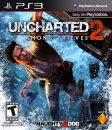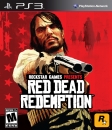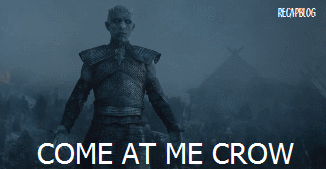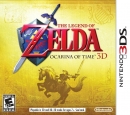I was gonna agree until I checked my mental Rolodex and found this
Console wars
Main article: Console wars
The Mega Drive initially competed against the aging 8-bit NES, over which it had superior graphics and sound. The Mega Drive met a lukewarm reception in Japan, where the 16-bit PC Engine had already established a strong foothold by the time of the Mega Drive's launch. Despite some positive coverage from magazines Famitsu and Beep!, Sega only managed to ship 400,000 units in the first year.[30] In order to increase sales, Sega released various peripherals and games,[30] including an online banking system and answering machine called the Sega Mega Anser.[46] Despite this, the Mega Drive remained a distant third in Japan behind Nintendo's Super Famicom and NEC's PC-Engine throughout the 16-bit era.[47]
For the North American market, new Sega of America CEO Michael Katz instituted a two-part approach to build sales in the region. The first part involved a marketing campaign to challenge Nintendo head-on and emphasize the more arcade-like experience available on the Genesis,[48] summarized by the slogans "Gotta get Genesis"[49] and "Genesis does what Nintendon't".[50] Since Nintendo owned the console rights to most arcade games of the time, the second part involved creating a library of instantly-recognizable titles which used the names and likenesses of celebrities and athletes such as Pat Riley Basketball, Arnold Palmer Tournament Golf, James 'Buster' Douglas Knockout Boxing, Joe Montana Football, Tommy Lasorda Baseball, Mario Lemieux Hockey and Michael Jackson's Moonwalker.[51] Nonetheless, it had a hard time overcoming Nintendo's ubiquitous presence in the consumer's home.[52]
A typical in-game screen shot of Sonic the Hedgehog, taken from its first level, Green Hill Zone.
In mid-1990, Sega CEO Hayao Nakayama hired Tom Kalinske to replace Katz as CEO of Sega of America. Although Kalinske initially knew little about the video game market, he surrounded himself with industry-savvy advisors. A believer in the razor and blades business model, he developed a four-point plan: cut the price of the console; create a US-based team to develop games targeted at the American market; continue and expand the aggressive advertising campaigns; and replace the bundled game, Altered Beast, with a new title, Sonic the Hedgehog.[52] The Japanese board of directors initially disapproved of the plan[53] but all four points were approved by Nakayama. Magazines praised Sonic as one of the greatest games yet made and Sega's console finally took off as customers who had been waiting for the SNES decided to purchase a Genesis instead.[52] Nintendo's console debuted against an established competitor, while NEC's TurboGrafx-16 failed to gain traction and NEC soon pulled out of the market.[54]
Due to the Genesis' head start, much larger library of games, and lower price point,[55] it was able to secure an estimated 60% of the American 16-bit console market by June 1992.[56] Sega's advertising continued to position the Genesis as the "cooler" console,[55] and at one point in its campaign, it used the term "blast processing" (the origin of which is an obscure programming trick on the console's graphics hardware[57]) to suggest that the processing capabilities of the Genesis were far greater than those of the SNES.[58] A Sony focus group found that teenage boys would not admit to owning a Super NES rather than a Genesis.[59] Neither console could maintain a definitive lead in market share for several years, with Nintendo's share of the 16-bit machine business dipping down from 60% at the end of 1992 to 37% at the end of 1993,[60] Sega accounting for 55% of all 16-bit hardware sales during 1994,[61] and Donkey Kong Country paving the way for the Super NES to win a handful of the waning years of the 16-bit generation.[22][62][63] According to a 2004 study of NPD sales data, the Sega Genesis was able to maintain its lead over the Super NES in the American 16-bit console market.[64]
In Europe the Mega Drive maintained support until 1998,[31] where it managed to sell 8 million units,[6] outselling all other consoles up through that time.[31] The Mega Drive also saw success in Brazil, where it held 75% of the market share.[31]




































































